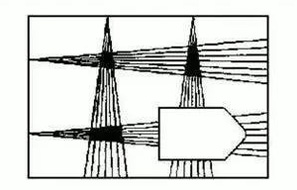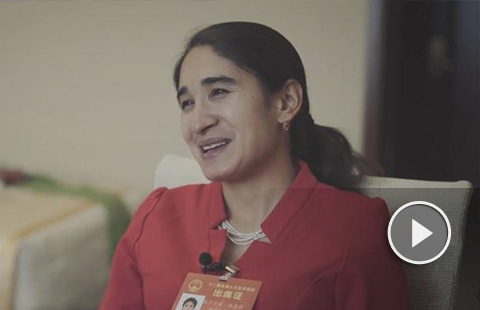Chinese tourists' graffiti sparks discussion
NANJING - A graffito left in an Egyptian temple by a teenage Chinese tourist and exposed online recently has caused his countryfolk to reflect on how to build a good national image.
Earlier this month, seven Chinese characters reading "Ding Minhao paid a visit here" were found to have been carved on the 3,000-year-old cultural relic in Luxor, southern Egypt.
The parents of the boy held responsible, a 15-year-old resident of Nanjing, in east China's Jiangsu province, have apologized through a local newspaper to both Egyptians and domestic nationals for their son's act.
As reported by the newspaper late on Saturday via its Sina Weibo account, Ding Minhao's father said the boy had realized his mistake and that the parents were aware they did not fulfil their duty to educate and monitor him. The parents called for public tolerance and for their son to be given an opportunity to self-improve.
Ding Minhao's act came under the spotlight in cyberspace after Shen Yuwen, a Chinese who visited the same temple on May 6, posted a photo of the graffito on his microblog late on Friday.
Shen explained on the blog that he felt saddened and shamed by the behavior and tried to clear the characters with napkins, but failed to remove them completely.The news struck a chord. A netizen with the screen name "labixiaoqiu" publicly identified the culprit after research.
"What bothers me most during my travel is to see similar graffiti in tourist sites," said "lixiaopanjiushizheyang".
"It is a sick cultural habit to damage relics for the sake of one's own emotions," added "luowei".
And "yejianming5201314" suggested such a graffito "is a test paper of national civilization".
Leaving graffiti is common among Chinese tourists, damaging historic sites and demonstrating poor education and behavior.
Yasser Hamed, the Egyptian tourist guide who led the tour on which Shen Yuwen discovered Ding's graffiti, said the boy may have noticed similar graffiti left as long ago as the early 20th century on the temple's walls, and thus may not have realized the gravity of his act.
The tourist guide who led Ding's group should also be blamed for not stopping such graffiti, according to Hamed.
"I think this is an individual act and could not represent the whole of China. Most Chinese I have met are civilized," said a tourist in Luxor who identified himself as Ausama.
But another temple guide, giving the name Magney, said, "I feel very disappointed with this unwise damage. I also feel sorry for the Ancient kings honored here".
Seemingly inspired by the Ding Minhao scandal, netizens also posted evidence of a grotto painting dating back to the Western Xia Dynasty (1038-1227) having been inked with characters by a tourist in 2000.
On Monday, cultural heritage authorities in Guazhou County, northwest China's Gansu province, made a public apology for their poor tourism management which had allowed the act.
The tourist, who was then a reporter for a Hong Kong-based newspaper, made the graffito secretly with his pen while visiting the area under the guide of a local archaeologist.
The Guazhou Cultural Heritage Bureau said in a statement it reserved the right to investigate relevant people and hold them accountable.
Earlier this year, it was discovered that a tourist had carved similar marks on an ancient iron jar in downtown Beijing's Palace Museum, otherwise known as the Forbidden City, in February.
The image of a country is a collective reflection of its citizens. If Chinese nationals reduce their acts of graffiti or spitting, for example, the image of China will also be improved, said Zhou Xiaoping, an official with the Jiangsu Provincial Tourism Administration.
Zhou suggested authorities managing scenic spots should be mindful of visitors' desire to leave a record of their feelings and set up special notice boards for their use. This would provide an outlet for their emotions without damaging cultural relics.
Polite tourist behavior should be advocated, the characters of citizens improved and a good image of Chinese tourists projected, said Chinese Vice Premier Wang Yang in mid May when addressing a teleconference on implementing the country's new Tourism Law, which will take effect on October 1.
Under China's cultural relic protection law, anyone found guilty of marking relics with graffiti can be warned or fined.
But experts have suggested that the level of the fines should be specified to help crack down on the practice.
- Shanghai's rail mileage now ranks first in the world
- Hidden in wasteland: Subway station that's nearly impossible to find
- Soldiers who safeguard China's 'green treasure'
- 'Hawks of Thunder': PLA South China Sea Fleet conduct advanced flight training
- DPP to blame for international exclusion of Taiwan, official says





















